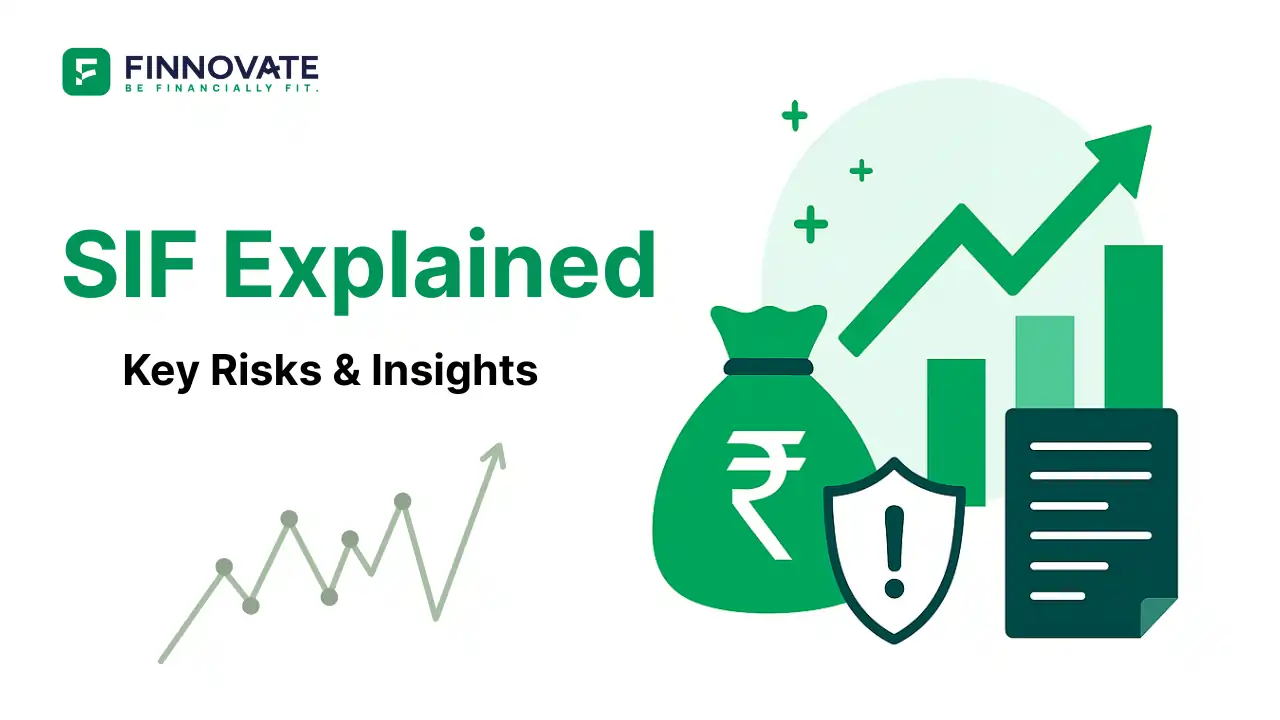
How to download NSDL CAS Statement
Learn how to easily download your NSDL CAS Statement in PDF format with our step-by-step g...
27 June 2024
Popular now

Learn how to easily download your NSDL CAS Statement in PDF format with our step-by-step g...

Explore what Specialised Investment Funds (SIFs) are, their benefits, taxation, minimum in...

Learn How to Download Your CDSL CAS Statement with our step-by-step guide. Easy instructio...

Analyzing the potential economic impact of the 2025 India-Pakistan conflict on India's GDP...